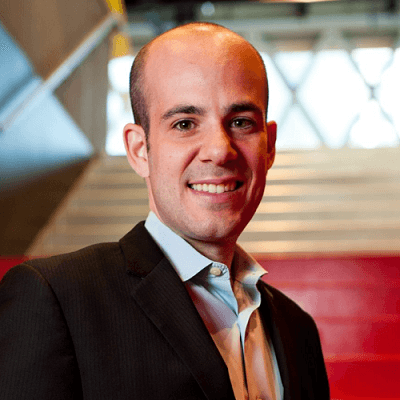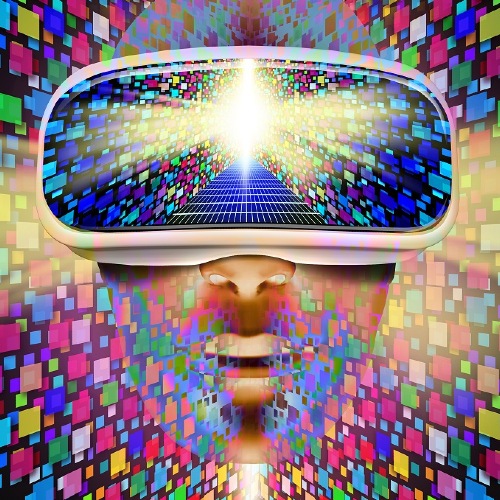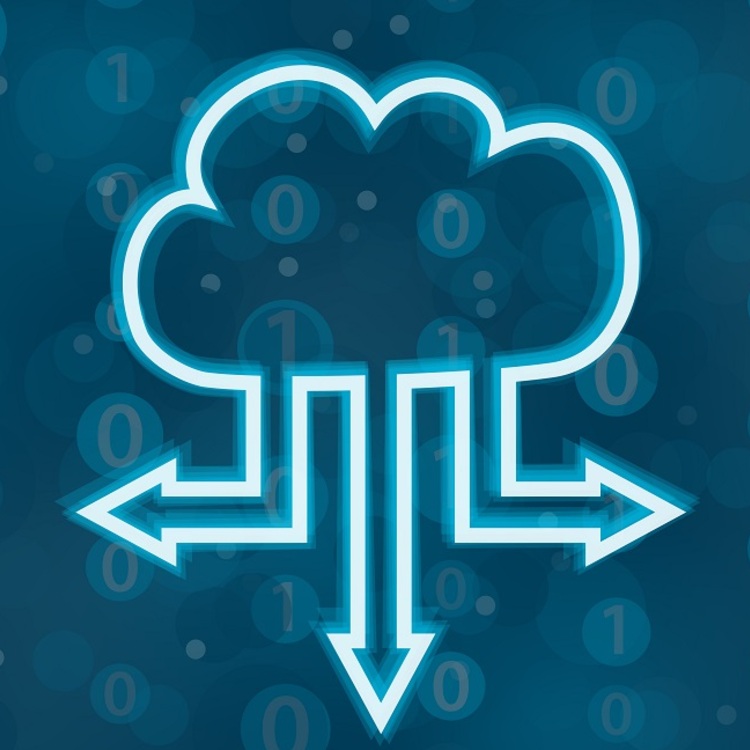As organizations deeper into their digital transformation and beyond行业4.0,他们看到云的动力Web 3.0 solutions和Metaverse可以更好地促进混合工人需求的空间,他们寻求生产力和协作能力,这些功能无缝地将现实生活与数字互动融为一体。这似乎是牵强的科幻小说,但是近年来潜在的数据技术已经迅速发展,使这些无缝场景为现实做好了准备。这些技术肯定会破坏当前的工作流程,并且员工触手可及的生产力工具。那些拥抱混合工作场所的公司可能会引人注目。
“I’m interested in the metaverse as a CIO because this is the environment into which the workers who are coming into my company are used to, especially Gen Z,” former Nutanix CIO Wendy M. Pfieffertold CNBC。
“This is how they show up as they interact with technology. They’re already comfortable across virtual environments and they know how to curate a mix of these tools and services and technologies in order to interact and work.”
Gartner和McKinsey等研究公司报告说,商业界正面临着permanent age of hybrid and remote work,,,,with employees only要求更多的灵活工作选择going forward. This will force enterprise leaders to reimagine business and workforce strategies from top to bottom. No wonder the market for扩展现实(XR)offerings are projected to be到2030年价值13万亿美元。The Metaverse alone could generate up to$5 trillion in economic value by 2030根据麦肯锡的说法,这些只是公司绘制未来的未来技术中的许多未来技术。
这些新的协作工具中的许多将由云计算提供动力,最有可能由混合云或混合多云IT系统提供支持。这是现代的基础基础架构,允许企业轻松扩展并优化应用程序和数据所需的资源。
将其视为视角,作者Mark P. Mills告诉预测,云计算正在迎来economic boom of the century,通过启用人工智能(AI),自动化和企业现在需要运行和发展的数据分析。
米尔斯说:“从未像云一样大的基础设施大。”
“我们进入了人类有史以来最大的基础设施十年,我们仍在建立它。全球在这种建筑上的支出大于世界电力公司在电力生产上的支出。”
Innovators are reconsidering how they can leveragevirtual reality (VR),,,,augmented reality (AR),,,,和other spatial technologies to power new ways for employee communications, collaboration and engagement. They’re increasingly thinking through how they can more effectively leverage伟德1946客户端下载
to power these next-generation tools.
While aimed at creating better employee productivity and customer satisfaction, these changes will require significant business operation changes. They’re imagining how to combine these tools with 5G high-speed networks andscalable cloud computing优化所有内容以进行实时互动的功能。这意味着应用程序和数据将需要位于正确的位置,以提供高性能和可靠性需求并满足监管要求。
市场研究人员FutureProover Future Proover Prompations的高级分析师Chris Zimmerman表示:“我们正处于一个独特的时刻,技术进步,工作场所发展和宏观经济因素的融合使企业能够创造真正的变革性业务变化。”
“Firms in every field continue to reimagine their infrastructures, business models, and operating strategies to drive new methods of value creation,” he said.
“One of the first places it naturally makes sense for many to start is rethinking their approach to talent management. That means reconsidering how to use cloud and XR technologies to ensure that employees can stay productive under any operating circumstances. It also means looking for opportunities to cost-effectively use VR/AR, Metaverse, and Web 3.0 solutions to bring workforces closer together and promote greater collaboration in shared online spaces.”
他建议,沿着三个维度进行思考 - 考虑员工敬业度和经验的新机会,新的工作方式以及新的商业模式和收入渠道 - 可以帮助推动改变游戏规则的创新。
实际上,明天的领先颠覆者不仅会利用元评估和Web 3.0解决方案来更具成本效益的业务,并在每一转弯时吸引潜在客户。他们还将利用这些工具来加强员工的参与度,并在企业团队,部门和与他们定期互动的利益相关者之间促进更直观和明智的在线互动。
尽管有各种各样的新高科技进步,包括artificial intelligence (AI),,,,digital twins,,,,和decentralized finance offerings,,,,experts say business leaders will look beyond technological upgrades to find other important aspects that help people be their authentic selves and perform at their best using new tools. This holistic approach is essential for creating better employee experiences across the board.
“A surprisingly large number of organizations are making decisions today about the type of company that they want to be in three to five years,” noted Tim Rosato, president of trend forecasters The Silver Lion Group.
“It’s becoming increasingly clear that business leaders don’t just need to be fluent in the use of cutting-edge technological advancements if they want to get ahead in the future,” he said.
“They also need to understand how to leverage Web 3.0 software programs, decentralized solutions, and AR/VR tools to build better experiences for employees and partners as well. When we talk about the future, and new upgrades like the Metaverse, the focus is often on customer-facing solutions. But as we look to the future of business, it’s important to consider employee-facing solutions and how they can enhance your working processes and workforce management strategies as well.”
For some enterprises, that may mean having to think about howVR headsets or augmented reality glasses可以帮助员工提供更多的动手和互动培训,或者在现场获得更好的沟通或服务和支持功能。
For other firms, it could translate to looking for ways to hold more在元评估中的会议和演示,大约有五分之一的专业人员开放,可以使用虚拟世界来代替视频会议。
Still more may embrace Web3 solutions as a way tofoster greater community, connection, and collaboration at work,,,,和better connect with younger generations of workers. The Society for Human Resource Management (SHRM) believes new technologies such asWeb3are here to stay. The group points out that, like social media solutions before them, all of these high-tech advancements are only expected to grow in presence and prevalence throughout the workplace in the years ahead.
Signs of change are already everywhere. Manufacturing firms, for example, are increasingly using3D digital twinsto design, simulate and optimize facility performance, as well as design and train staff in how to optimize surrounding workflows. Coupled with high-speed 5G communications capabilities, these immersive tools are already powering应急响应者培训和surgeons alike。
Fast Company报告说,技能和领导力培训对可持续业务至关重要,因为它可以增加员工的学习,保留和职业满意度。作家Merilee A. Kern得出结论,新的数字合作工具有望增压公司技能培训efforts.
As with the onset of any new technological revolution, many aspects and possibilities still need to be explored and understood before human resources (HR) teams can put these tools into practice effectively.
“Potential applications for these leaps forward in technology are almost limitless,” suggested Zimmerman.
“However, we’re still in the early days for the adoption of a host of new solutions such as Metaverse and Web 3 offerings, and in many cases, companies are just now coming to grips with them.”
That said, he remains bullish on possibilities for leveraging these high-tech tools and the power and scale that today’s top cloud computing solutions provide to reinvent tomorrow’s working environment.
“The future of work clearly lies in using technology to power newer and more effective methods of collaboration and employee engagement,” Zimmerman said.
Tools needed to transform traditional offices, workspaces and employee interactions are available today and evolving rapidly. How business leaders learn about and choose to use these new digital collaboration tools will determine how far ahead of the curve they will move their workforce ahead.















